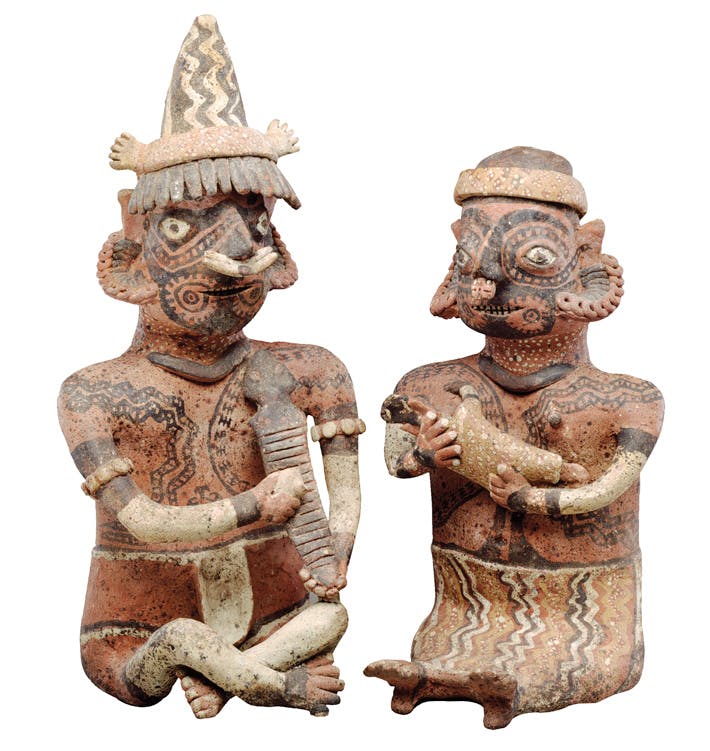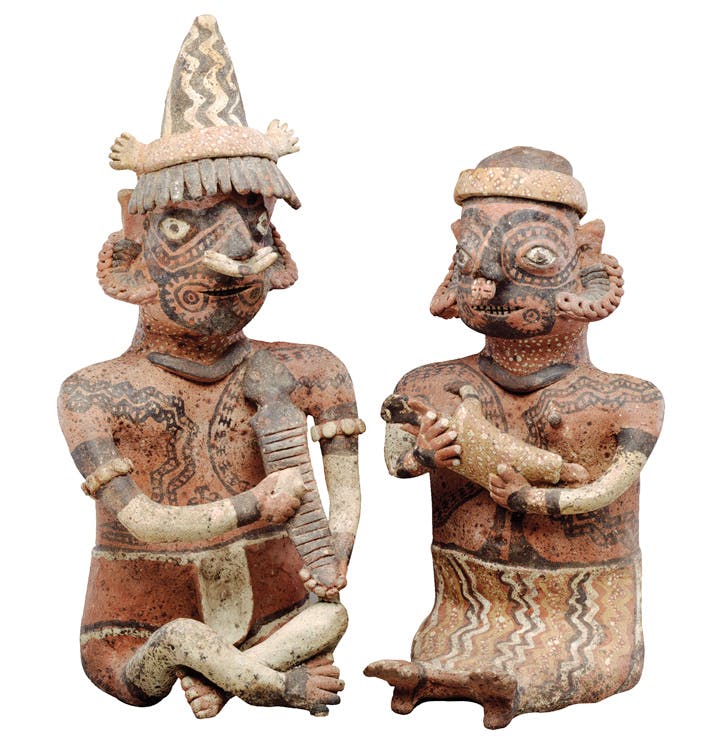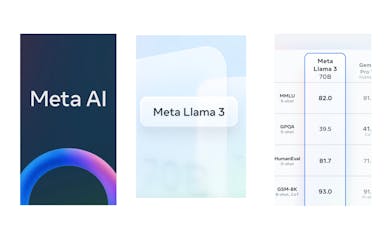The currency of community

Why NFTs are the best social tokens—and always have been.
David Phelps is a 2x founder, a cocreator of ecodao and jokedao, and an investor in web3 projects through the angels collective he started, cowfund. Find him on Twitter at @divine_economy.
I. One of the many paradoxes of status symbols is that they must be hidden and they must be seen. They must be seen, of course, because they must impress, and there must be someone on the receiving end of status to be impressed. But at the same time, status symbols must be hidden, just slightly, so that they reward the receiver with a warm welcome into a sanctuary where they can feel special, rewarded—that they belong to something bigger, slightly imposing, worthy of worship. Status symbol houses rarely face the road, for example, just as the ultra-wealthy usually collect their status symbol artwork in the privacy of their home rather than a public foundation that could generate returns on their investment.
One reason is simply that it is tacky to show off, a bit crass to wave one’s bank statement for everyone to see, so those with true status must find ways to show off their status while pretending they’re doing anything else. Status, in other words, is a kind of self-abnegation performed as burlesque. I remember, in a former job, attending the dinner of a wealthy art patron who wore a hoodie while his family and staff dressed in suits. As he descended a staircase to join those of us who still had to dress for work, the messaging became impossible to miss: he had mastered the peek-a-boo game of status hiding itself humbly, the better to be appreciated and seen.
But the larger point here is that status symbols must be hidden and seen for the same reason—because status can only be constructed within an enclosed community, just as it helps construct the ideals, values, and virtues of that community as well. In that sense, a status symbol must be seen because it is a kind of an exception to the language of cultural norms, a flourish that stands out against the humdrum rituals of everyone else’s life, a Tesla to the world’s Toyotas. But a truly effective status symbol must be hidden, too, to assert to the viewer that they are on the invite-only list of a community free from the degradations of the outside world. Status symbols let us know that we have entered the lair of the overlord, whether that’s through a Picasso on a penthouse wall or, in ancient Egypt, the houses that offered shade, color, and breeze in the middle of the desert.
To see the ways that status symbols build community, we might think of three major signifiers of status in the ancient world: color, gems, and tattoos. Though we might say that all have some kind of textural beauty, it is a beauty that’s defined by scarcity and immutability, by the rarity of light and skin being patterned in such-and-such ways as to offset a drabber world while signaling its own long-lasting, economic worth. The “cachet of exclusivity” of the color purple in the ancient world, wrote Meyer Reinhold, “arose from two sources: the great expense of producing this unique animal dye from the mollusk murex, and the fact that it was the only colorfast dye known in antiquity.” Similarly, Lyvia Morgan tells us, ancient Egyptian gods had “bones of silver, flesh of gold, and hair and beard of lapis lazu,” which is to say, divinity was not only “identified with the moon, sun, and sky, respectively, rendering divine bodies solidifications of essential light,” but, more to the point economically, composed of “precious, imperishable materials.”
Could we say that the gods were, in a way, money—or perhaps that money metal was divine? In any case, scarcity and immutability define one’s individual status within a community, which is a way of saying that they both define and are defined by one’s community generally.
In that sense, the most complicated case is likely that of tattoos, which connote status at all ends of a social hierarchy. In Greece and Rome, tattoos branded criminals and slaves, a way to render their bodies socially legible as icons of shame. But tattoos could equally be marks of high status, among the Thracians, for example, or the Ibaloi in the Philippines, whose warriors would commemorate the animals they had killed—lizards, snakes, scorpions—by tattooing them on their body, a kind of resurrection, body-melding, and badge of honor all at once. And from a 1000-year indigenous culture in Western Mexico, we have only the ceramic remains of possible gods (below).
It is hard to read status without social context, but, we’re told, “the figurines appear to have been used in ceremonial contexts, and also set up in residential areas to be seen and visited… It is notable that the tattooing occurs prominently around the mouth, which may refer to the capacity of polished speech of these individuals.”

I am circling the point I really want to make here. When we talk of scarcity and immutability, we are really talking about something simpler: non-fungibility. Colors, gems, and tattoos were all, in some sense, non-fungible tokens of the ancient world, which is to say that they served a much more complex function than fungible currencies in determining status. Like fungible tokens, they could connote one’s own worth and value, but unlike fungible tokens, they did not provide a hard, quantifiable standard for measuring that worth.
In other words, non-fungible status symbols have to be legible enough to signal relative power, at the same time they’re defined by their incomparability to one another in any kind of metrical scale. The differences between non-fungible tokens must be qualitative rather than quantitative—relative rather than deterministic. Their meaning has to be entirely individual at the same time it needs to be constructed within a communal framework.
It should not be much of a surprise, then, that so many of the popular NFT projects in recent months have been defined by generative permutations of colors, textures, and patterns, often serving, like tattoos, as fantastical avatars of one’s own body. These remain the ways we hope to identify ourselves as entirely singular within a collective framework that can still read and relate our singularity as status. The worth and meaning of our NFTs are derived from the values of the community that collects them, but the worth and meaning of the community are also derived from the usage of these NFTs.
And that complex interplay that allows us a sense of belonging through the qualities that make us unique—well, none of that is possible with fungible currencies. Class standing according to one’s financial worth is often a prerequisite for one’s ability to form community, and that is, of course, a major issue of our time. But community itself is seldom if ever formed according to the colorless metrics of one’s financial worth. It’s formed, instead, around taste, around aesthetics, around status.
Or to put that another way, true status is a language. It may even, in a sense, be the currency of community. But it is not a fungible one that can be bought, spent, and traded, despite the attempts of some Porsche-owners to prove otherwise. It is non-fungible because it must be defined singularly according to the individual. It must be earned.
II.
Nevertheless, most of the top social token projects that have gained popularity—or at least press—have been premised on status as a fungible currency that one can use to build and trade on one’s community. Rally, perhaps the most famous, lets creators mint tokens for their community. Bitclout, perhaps the most infamous, lets creators trade on their own social worth on a marketplace. Chiliz, perhaps the most prosperous, lets sports teams share governance tokens with fans.
There is plenty of room and reason for these projects to be massive successes, not least thanks to the fundamental simplicity of allocating fungible tokens that can unlock different benefits—including NFTs—at different levels. A company like Bonfire, which gives communities the tools to unleash tokens and rewards for redeeming them, can allow these tokens to become the base layer of a community’s economy that’s based on many of the principles of non-fungible status discussed above.
But that perhaps makes the point: though they’re by no means mutually exclusive, NFTs are far better than fungible social tokens for building community.
Let’s break that down into five reasons.
First, unlike fungible tokens, NFTs signify public status in private ways; they are both fully visible on the blockchain, ready to be seen, as well as hidden from sight, spotted only by digging deep into one’s wallet. In that sense, they are very much the corollary of the kind of analog NFTs that have long been the building blocks of communities: merch. Merch has always been crucial to fandom as the collectible, limited-edition tool for fans to publicize a favorite creator and project to their friends while identifying themselves as part of a community, and digital NFTs might not seem any different. Yet Zoe Scaman’s great presentation on “The New Formula for Fandom” showcases the ways that NFTs can not only be merchandise for a creator to promote their work to a community, but often are the work that brings a decentralized community together in the first place. We can think of web3 NFTs as next-level merch, in that sense—merch promoting a product that is, well, itself.
Second, NFTs enable different levels of fandom depending on the edition, rarity, and price. For any given NFT, you might get one of the five golden editions, for example, one of the 50 silver, or one of the 500 bronze. NFTs effectively allow creators to capture consumer surplus by charging at every level down the demand curve—effectively earning the most that each fan would be willing to pay. Fungible tokens can’t quite incentivize this behavior unless they are tied to purchasing NFTs: after all, it is not clear what a user is paying for beyond proportionate governance rights and the hope that the token will go up.
Third, NFTs are not only collectible works themselves, but can unlock more work in turn: for example, a ticket to a concert might still be a ticket to the concert after it’s ended for anyone who wants to reenter the digital space and relive the experience from new angles, with new lighting, etc. Likewise, an NFT of an album might serve as a ticket to enter a creator’s Discord or to get a birthday video. A digital ticketing company like Moment House is particularly well-positioned here to offer new opportunities to fans. It’s true that creators might airdrop these dividends into the wallets of fungible token holders, but the challenge would be much greater when NFTs already serve, effectively, as tickets.
Fourth, NFTs incentivize recurring revenue: fans will want to continue purchasing new NFTs that land on the market and offer new privileges rather than simply maintain their previous collection. Fungible tokens, by contrast, don’t give fans any reason to keep buying more fungible tokens unless the price for work and privileges goes up over time—which would likely alienate fans.
And fifth, perhaps most fascinatingly, NFTs can solve the issue of unequal governance. With fungible currency, a token is both a share of wealth as well as a share of governance: those with more tokens have proportionately greater weight to vote on changes to a community. Imagine a version of the US in which we got a vote for every dollar of wealth, and you’ll have some kind of vision of most crypto projects, where the richest users are the most powerful users. Protocols might try to avoid this problem by only allowing one vote per wallet, but users can easily set up multiple wallets in which to share their tokens. While not perfect, NFTs are an overall easy and effective way to break up the financial investment of participating in a project from the governance power of participating in a project so that all community members have equal votes for their NFTs, no matter the value of each.
That is not to say that fungible tokens don’t have certain benefits for building community vs NFTs. They’re far easier to issue as one-time, aesthetic-less tokens. They’re also easy to airdrop as rewards to community members who perform work. Coinvise has run through the whys and hows of DAO tokens, and it’s clear that DAOs like Forefront and Friends With Benefits in particular benefit from having social tokens that can power a fully productive economy of community members working, trading, and investing in each other’s works and services.
So the larger question we might ask, then, is what advantage creators get from issuing social tokens as their fungible currency rather than not only NFTs but a currency like Ethereum. And there is a simple answer: these projects get to keep a number of the tokens for themselves, effectively issuing themselves free money out of thin air and watching it go up as they get fans to buy into the project. One term for this might simply be a Ponzi Scheme, though done properly, creators and projects could tokenize the equity of their business with some promise of dividing the revenue among token-holders. Major individual creators, however, who are not looking to raise capital by sharing off equity, likely have little reason to use social tokens when they could sell off NFTs to any and all eth—or USD—holders instead.
So the simpler heuristic we might devise is this: fungible tokens are better for building economies while NFTs are better for building communities. The fact that there is significant overlap between these collective systems will, of course, raise questions.
III.
After writing this, though, I’m left to wonder: isn’t my incessant focus on leveraging status to build strong tokenized communities opposed to the principles of decentralization that all these communities proclaim to embody? Doesn’t status just recreate the same hierarchies these communities and collectives were intended to dismantle?
The simple and comforting answer would be to say that communities leverage a shared sense of status against an unconscious outside world: they use their projects and tokens to express shared affinities that give them a collective cache in opposition to those outside the tribe. But this isn’t quite satisfactory. Successful communities inevitably offer a promise of status that one can gain against other members as well: a higher standing that makes one want to work to earn credibility. So another answer might simply admit the problem and say it’s not a problem at all. Shouldn’t those who contribute most to a community gain the greatest status? (SourceCred is just one great attempt to use the blockchain to quantify credibility within communities.)
But I’m interested in a slightly more complex answer: that because status is relative and qualitative, rather than determined and quantitative, it may be possible to create communities that not only reward the greatest contributors but give everyone status in ways that can never be properly compared. In a division of labor, who is to say that the programmer is more valuable than the artist, or vice-versa, if we use badges rather than fungible currency to reward their work? (I know, I know: the market, which ultimately will decide the value of those badges. Still.)
Let’s end with the counterargument.
In An All-Consuming Century: Why Commercialism Won in Modern America, Gary Cross tells the story of how Fascism and Communism, the right and left-wing poles of communal groupthink in the 20th century, both lost to an ideology of total individualism: consumerism. We like to think of consumerism as democratizing, in enabling consumer choice and self-expression, but Cross asks whether consumerism has actually been anti-democratizing, shifting individuals’ responsibility from public life to personal concerns, vacating the commons and any sense of public goods. And it is tempting to see NFTs as part of that trend: collectives rising based on the shared purchasing power of a digital bourgeoisie rather than public responsibility for mutual care, consumers finding ways to own free information as a form of personal expression synonymous with property.
And yet…
If the 20th century represented the victory of individualism against the commune, it is hard not to notice the ways that in the conquest of China, the domination of conspiracy groups in politics, the rise of DAOs and worker-collectives, and the acceptance of open-source even among the most gated corporations, the internet is slowly but surely shifting us—sometimes for the worse, often for the better—towards new forms of collectivization. If these collectives are simply based around a shared aesthetic of one’s groupthink-determined “personal expression,” they will, no doubt, broadcast our anti-political individualism as though this were a political revolution.
But it is not necessary nor inevitable that that is what they’ll do. After all, when we see NFTs as giving us a new language for currency—one that defines our values and commitments to a commons—we can also start to realize that they might also be cheeky building blocks, in a way, of communities and a public that might even decentralize status itself.
–
This article originally appeared on Three quarks – deep dives into crypto and web3: what does the past of tech, culture, and economics tell us about their future?
Comments (1)
Raymond Doyle
writer and teacher
More stories

Kyle Corbitt · How To · 3 min read
What we've learned in 3 days of Llama 3

Aaron O'Leary · Announcements · 2 min read
Introducing Shoutouts

Finn Lobsien · Opinions · 5 min read
Can Devin AI Replace Product Managers?

Aaron O'Leary · News · 2 min read
Meet Nvidia's new localized AI chatbot

Sarah Wright · News · 2 min read
The top 15 AI products from 2023

